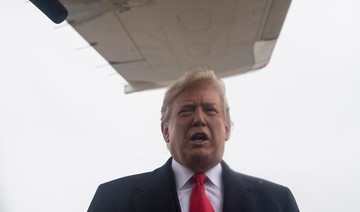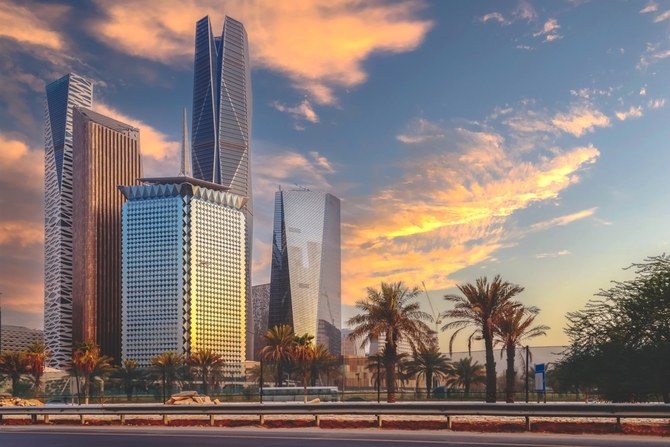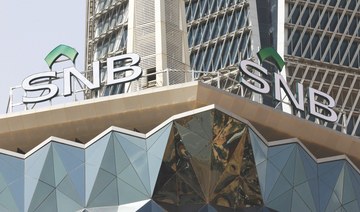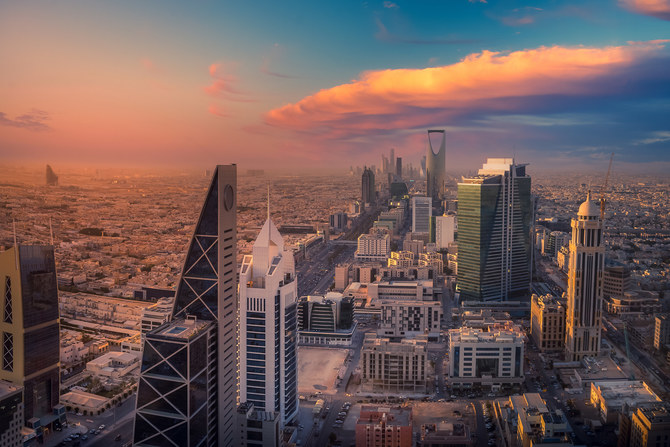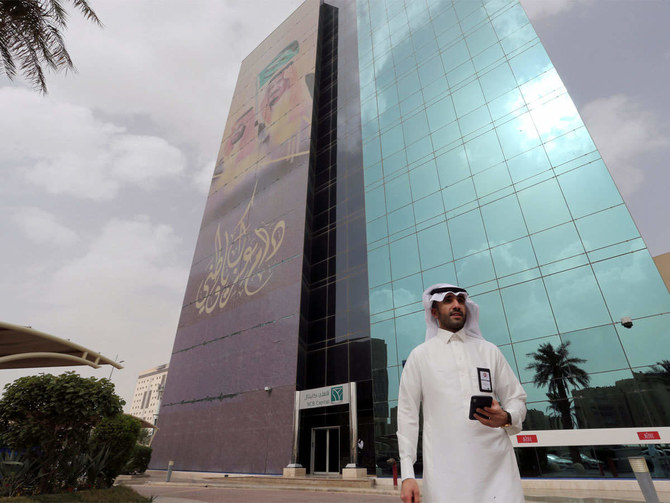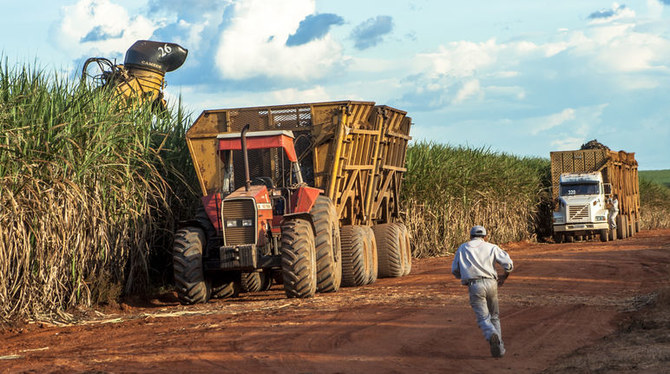LONDON: Oil is likely to stay above $75 a barrel, fueled by supply disruptions exacerbated by US sanctions on Iran, but further gains could be limited as economists and analysts see demand growth slowing next year due to trade wars and economic weakness.
A survey of 46 economists and analysts forecast Brent crude to average $76.88 a barrel in 2019, up from the $73.75 forecast in September. The price is expected to average $74.48 in 2018, versus the $73.57 average so far this year.
Analysts said demand is expected to decelerate in 2019, if concern over a widespread economic slowdown proves to be justified.
Overall, global oil demand is projected to grow by between 1.1 and 1.5 million barrels per day (bpd) in 2019, a range that generally falls short of the 1.4 million bpd forecast for next year by the Paris-based International Energy Agency in October.
Brent neared $87 a barrel earlier in the year following US efforts to isolate Iran through renewed sanctions, but prices have since edged off those highs and Brent is now around $76.
Analysts worry that there is a lack of spare capacity to deal with potential outages elsewhere once the sanctions take effect on Nov. 4.
“On the supply side, concerns (about) falling supplies from a number of OPEC producers — primarily Iran, owing to the renewed US sanctions — and also Venezuela, Angola, Libya and Nigeria, will maintain upward pressure on prices,” said Cailin Birch, an analyst at the Economist Intelligence Unit.
The US sanctions against Iran’s crude exports are expected to tighten supply, especially to Asia, which takes most of the country’s shipments.
Apart from Saudi Arabia and Russia, few producers can fill any gap left by Iran, according to Frank Schallenberger, head of commodity research at LBBW.
“I expect (Saudi Arabia and Russia) to raise output if necessary — as a shortage on the supply side and an even higher oil price could be a major risk to the global economy in 2019,” Schallenberger added.
Meanwhile, oil prices rose, recovering some ground after two days of losses, as markets braced for the imposition of US sanctions on Iran next week and stock markets clawed back some of their recent losses.
Benchmark Brent crude oil was up 35 cents at $76.26 a barrel. US light crude was 25 cents higher at $66.43.
Oil market sentiment also received some support from equity markets, which pulled back from 20-month lows after pledges by China to support its markets.
“The bullish argument for crude still centers on Iran sanctions which are due to begin in November, and continued output declines from Venezuela,” said William O’Loughlin, investment analyst at Rivkin Securities.
Imports of Iranian crude oil by major buyers in Asia hit a 32-month low in September, as China, South Korea and Japan sharply cut their purchases ahead of upcoming US sanctions on Tehran, government and ship-tracking data showed.
China, India, Japan and South Korea last month imported 1.13 million barrels per day (bpd) from Iran, according to the data, down 40.9 percent from a year earlier.
This marks the lowest imports since January 2016, right before the previous sanctions targeting Tehran’s nuclear program were lifted.
The United States is re-imposing those sanctions against Iranian crude oil exports on Nov. 5 as part of President Donald Trump’s efforts to force Tehran to accede to a more restrictive deal on curbing its nuclear and missile programs.
The Organization of the Petroleum Exporting Countries (OPEC) agreed in June to boost supply to help make up for the expected disruption to Iranian exports.
Iraq’s new oil minister Thamer Ghadhban said the current price of crude was “fair” and that the country, OPEC’s second-largest producer, would act responsibly in providing ample supplies to the market.
Ghadhban also said the oil ministry aimed to increase output capacity and support foreign energy companies by helping them overcome any bureaucratic hurdles.
OPEC agreed in June to pump more oil after pressure from US President Donald Trump to curb rising prices and to make up for an expected shortfall in Iranian exports. Oil hit a four-year high of $86.74
a barrel on Oct. 3 but has since eased to $76 as concern of tight supplies faded.
Iraq, which relies on vast oil wealth as its most important source of income, is seeking to increase crude production capacity to 7 million barrels per day (bdp) by 2022 from 5 million bdp now. Iraq currently pumps around 4.6 million bpd, second only to Saudi Arabia in OPEC.
The country is trying to recover from years of violence including a war with Daesh militants that wrecked infrastructure and is seeking to reduce corruption and manage rivalries with Kurdish authorities that run oil-rich areas in the north.
“We will do our best to stabilize the market,” Ghadhban told reporters after officially taking over the oil portfolio from Jabar Al-Luaibi.
“The oil price at the moment is at a fair price,” he said in response to a question about an upcoming OPEC meeting in December.
“It’s not too high, it’s not 100 dollars per barrel and it’s not 30 dollars.”
“We will look after our country as a first priority but will not put aside the interests of the consumers.”
The International Energy Agency estimates the maximum that Iraq can sustainably pump is 4.8 million bpd, leaving little room to increase output significantly in the short term. The majority of its crude exports go to Asia.




